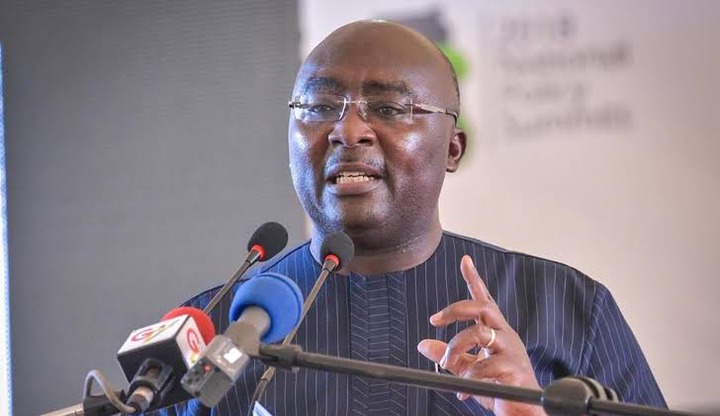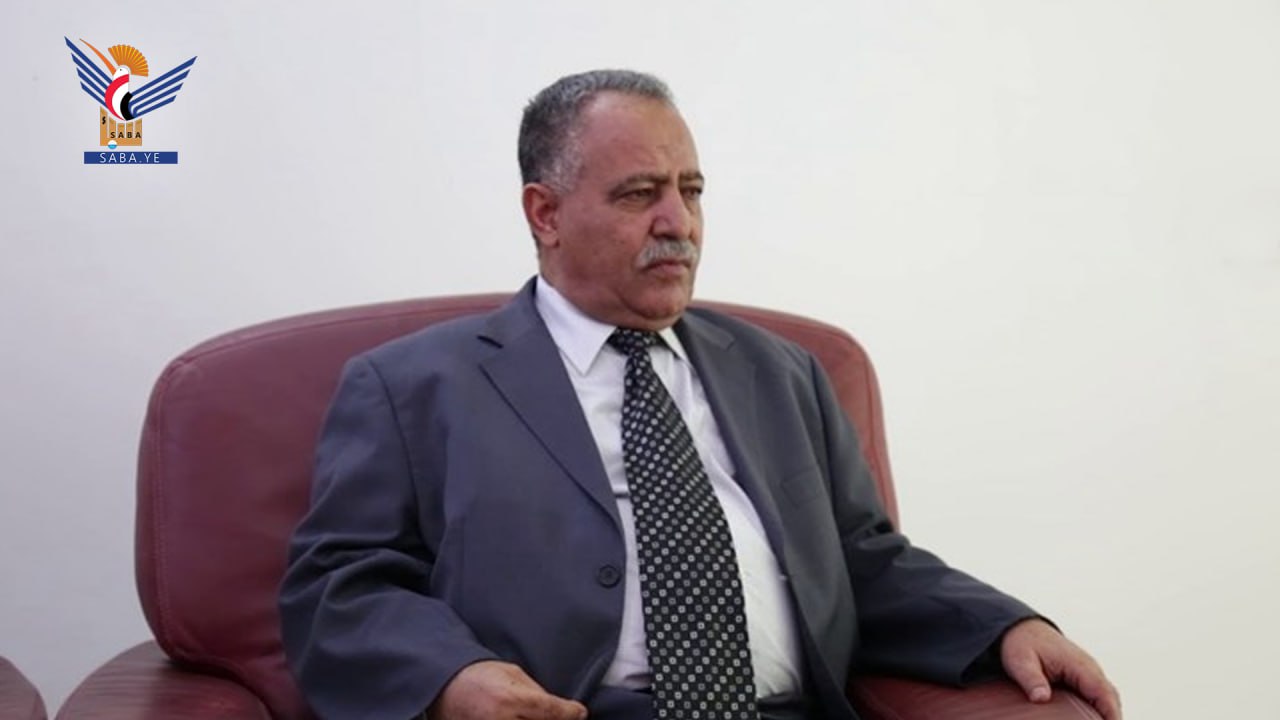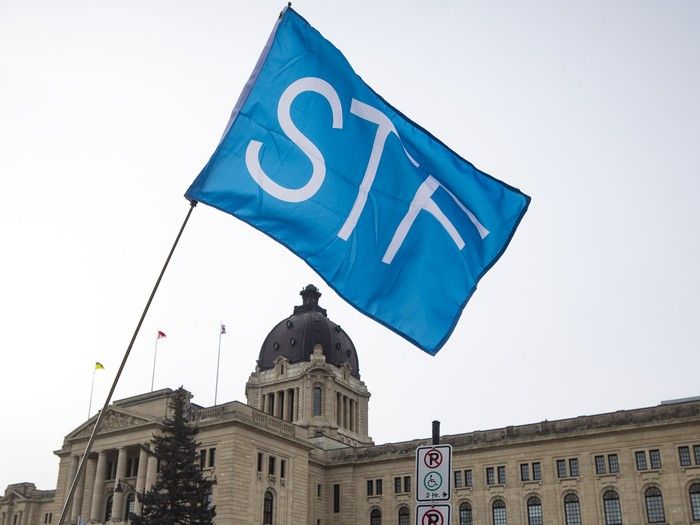
To subscribe, click here. To submit a letter to the editor, click here. To pitch a ‘My Turn’ guest column, email jdalessio@news-gazette.
com . Grace Maria Eberhardt On the day of Donald Trump’s inauguration, among the many executive orders he put in place was to end birthright citizenship and all federally funded diversity, equity and inclusion organizations. Trump recently stated that the Fourteenth Amendment was not meant to be an “automatic citizenship for illegal aliens” but was “only meant for children of slaves.

” B.W. Lawton The language used by the administration reflects an alternate interpretation of U.
S. history as we know it. These developments coincide with the end of fact-checking on social-media platforms such as Meta, which will inevitably lead to the rise of misinformation.
Despite these efforts to ban DEI, marginalized students still find ways to learn about their history. Trump’s recent activities reflect a trend brewing in the country for the last decade and a half. In 2010, Arizona Public School Superintendent Tom Horne passed a bill that banned ethnic studies, most notably Mexican American Studies.
That program was an eye-opening experience for many students, as it was the first time many of them saw themselves in the curriculum. The ban on ethnic studies extended to book bans and even questioning the lessons by a Chicano English teacher who incorporated Latinx figures such as Che Guevara in his courses. By 2017, federal Judge A.
Wallace Tashima overturned the ban on ethnic studies, stating the passage of this law was “motivated by anti-Mexican attitudes.” In 2023, Florida banned DEI initiatives in its public university system. The ban resulted in changes to the state’s African American history curriculum, including a reinterpretation of the effects of chattel slavery to include that enslaved people gained beneficial skills.
Last year, the state’s board of education permanently rid the college system of its policies. The NAACP and the Florida Education Association condemned the new state curriculum for obscuring the realities of the past. Last December, students in Delray Beach and other Florida cities began operating Black-history classes in local museums and community centers.
Marginalized people have an extensive history of combating their exclusion in American education. The Student Nonviolent Coordinating Committee devised a curriculum that taught Black children in Mississippi about their history and gave them the tools to critically examine their oppression in the Freedom Summer Project of 1964. In the late ‘60s, college students nationwide led demonstrations calling for ethnic-studies programs.
One of the most prominent examples during this period is the ethnic-studies strike at San Francisco State University in 1968. Under the leadership of the school’s Black Student Union, a coalition of organizations for students of color called the Third World Liberation Front set out on a series of demonstrations starting in November of that year. By March, the university conceded to the students and developed a school of ethnic studies.
The calls of these groups went beyond diversifying education systems. These students wanted to establish spaces where they could study, conceptualize and materialize their visions of freedom. The saying goes that “history doesn’t repeat itself, but it often rhymes.
” If we’ve learned anything from attempts to ban DEI and ethnic studies, people will continually organize and resist these efforts. With the latest memo from Defense Intelligence Agency’s latest memo calling for the end of DEI cultural days of remembrance and ethnic heritage months like Black History Month, we must counteract these moves to erase marginalized people from the record of U.S.
history. As Fred Hampton, the leader of the Chicago chapter of the Black Panther Party, once said, “You can jail a revolutionary, but you can never jail the revolution.”.














